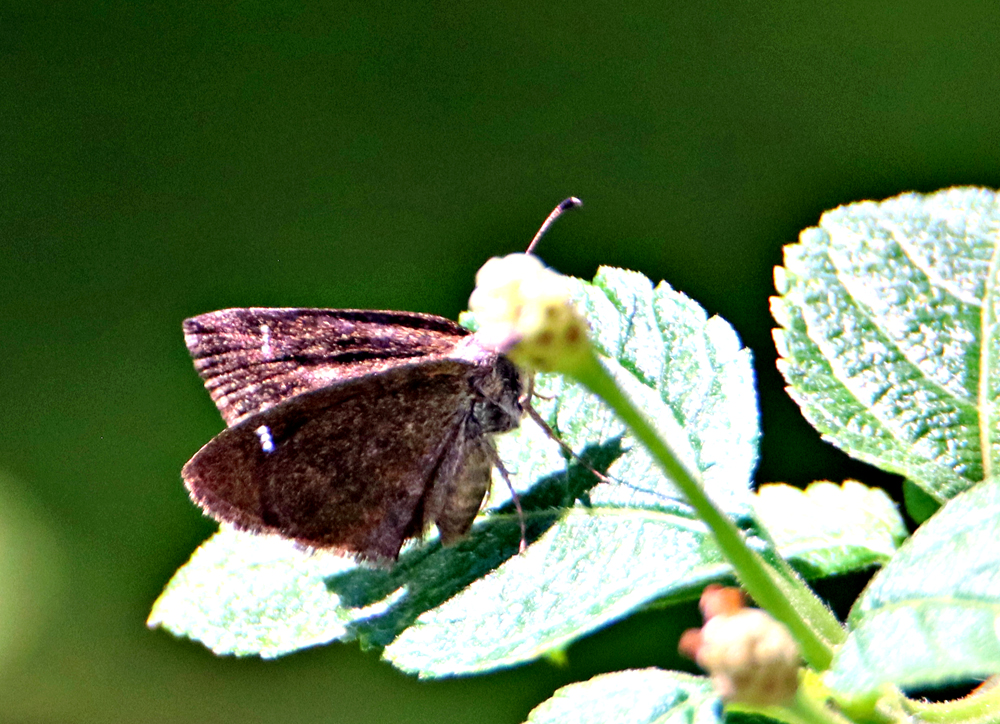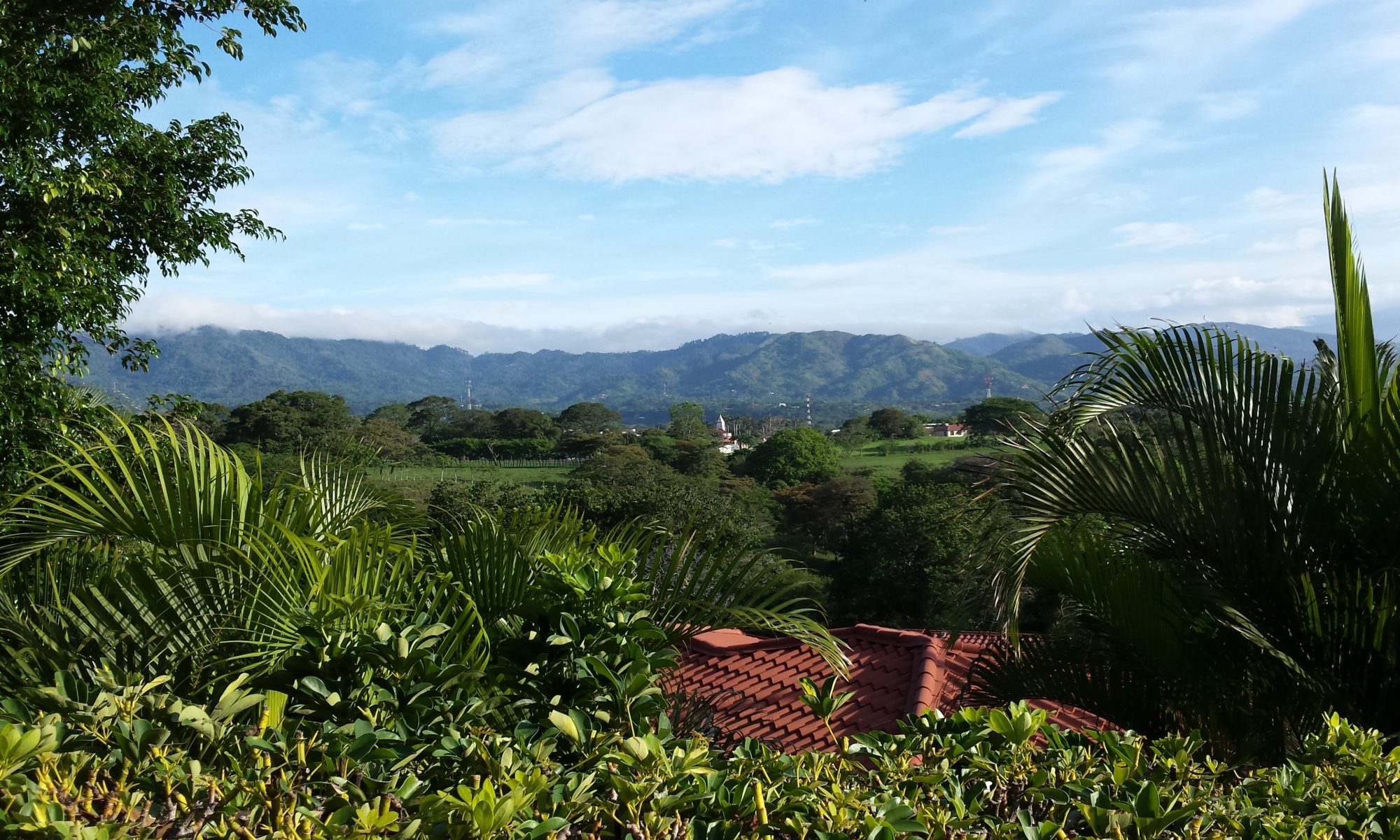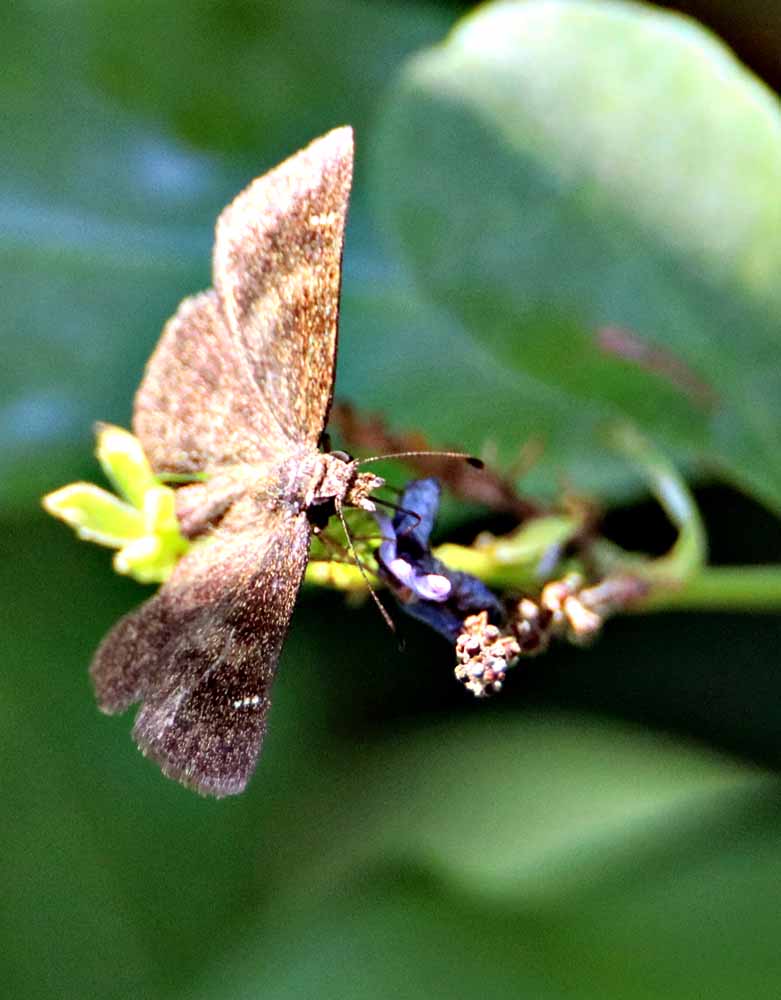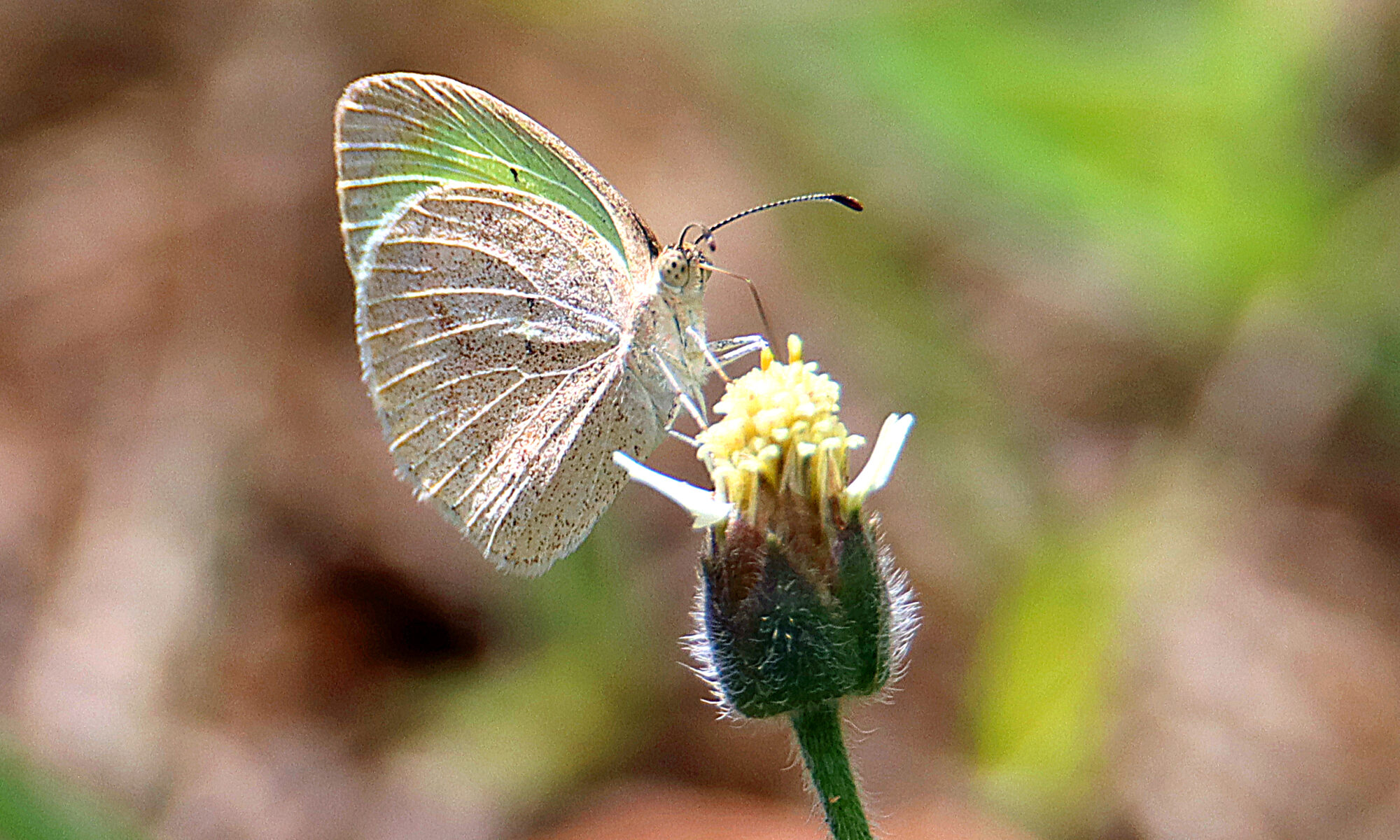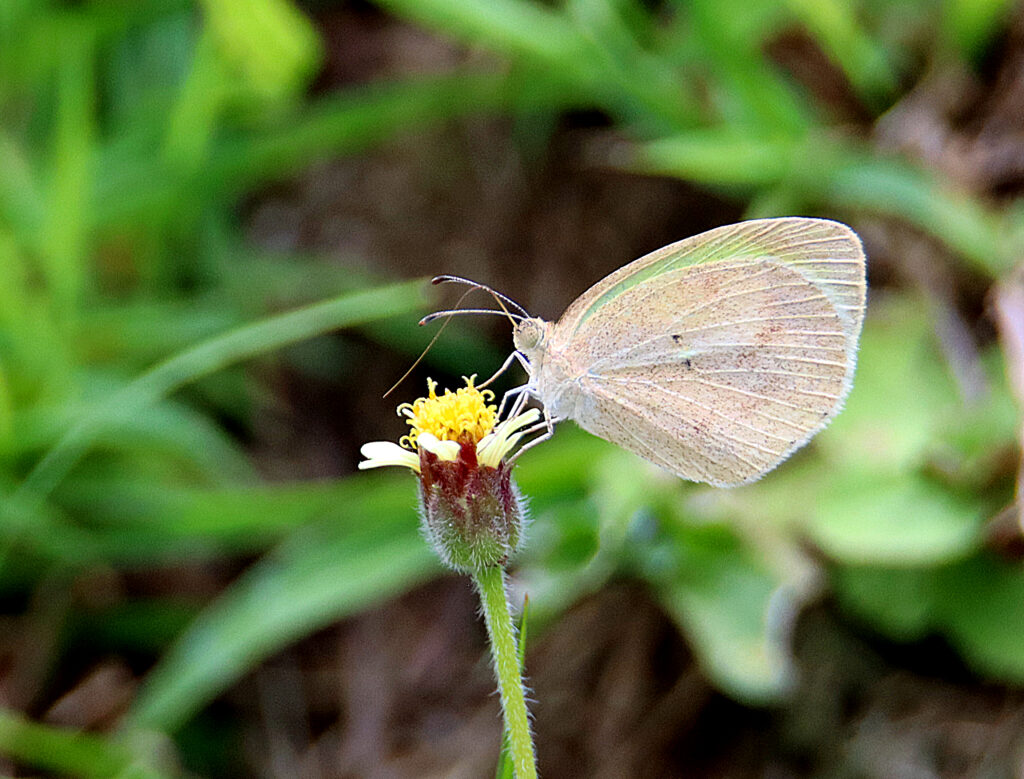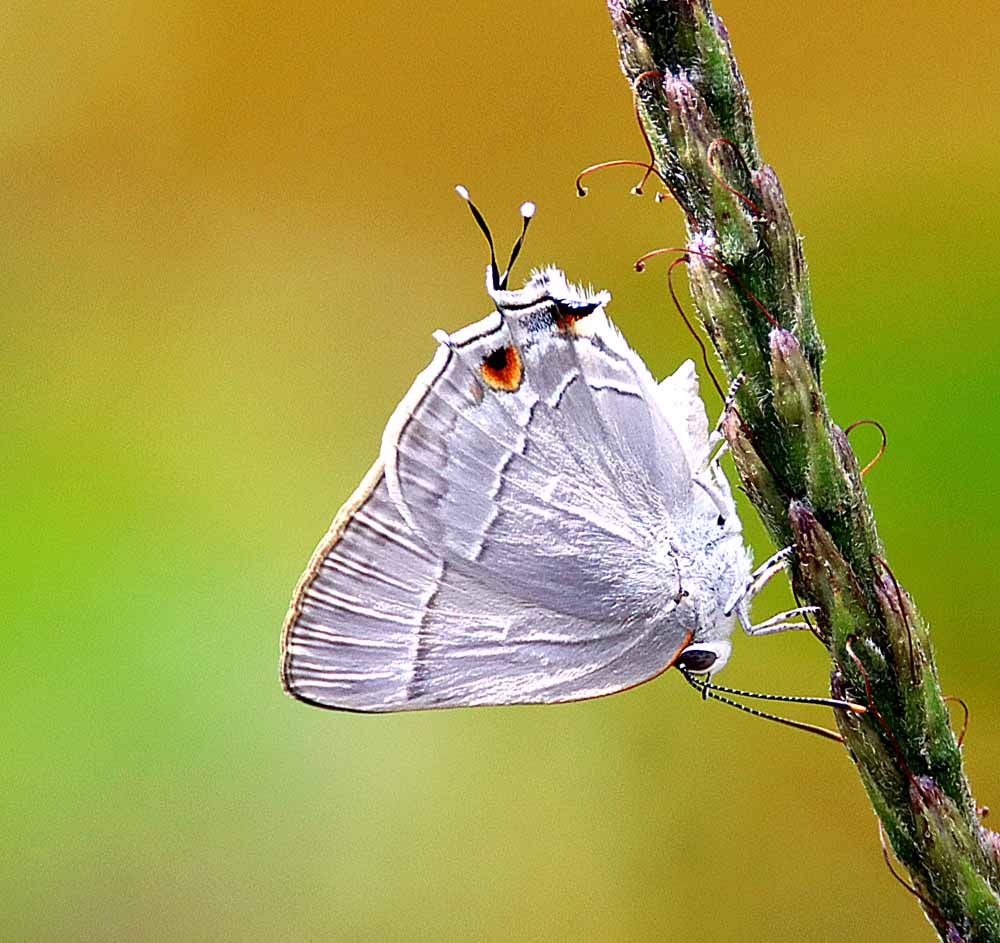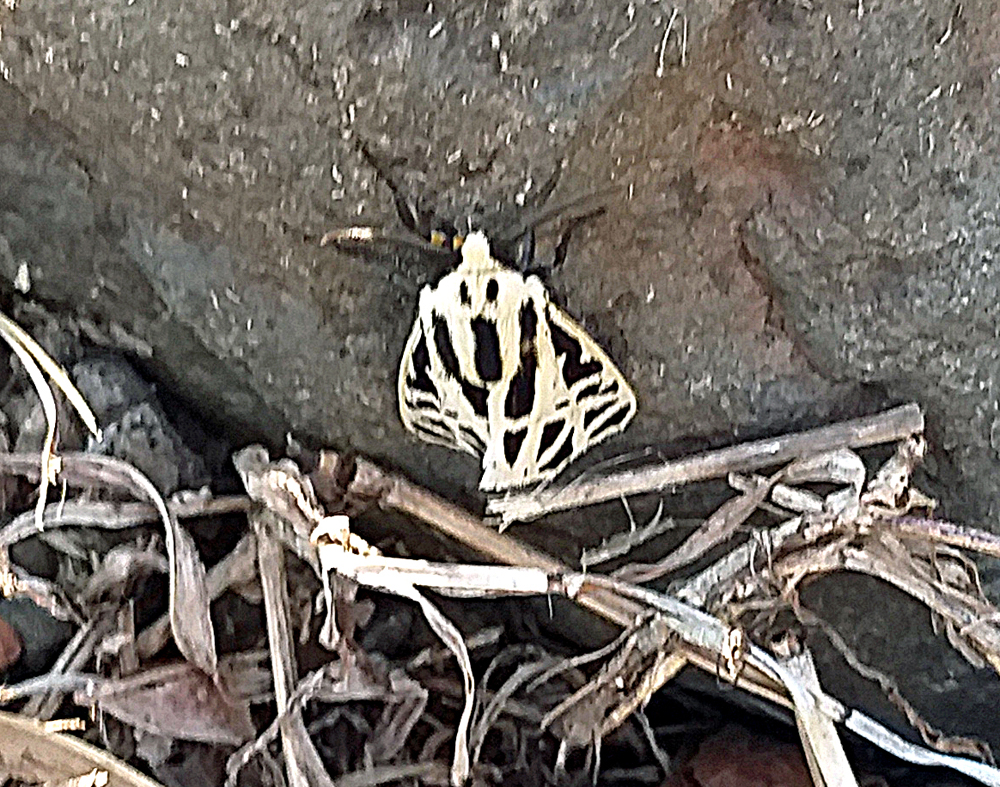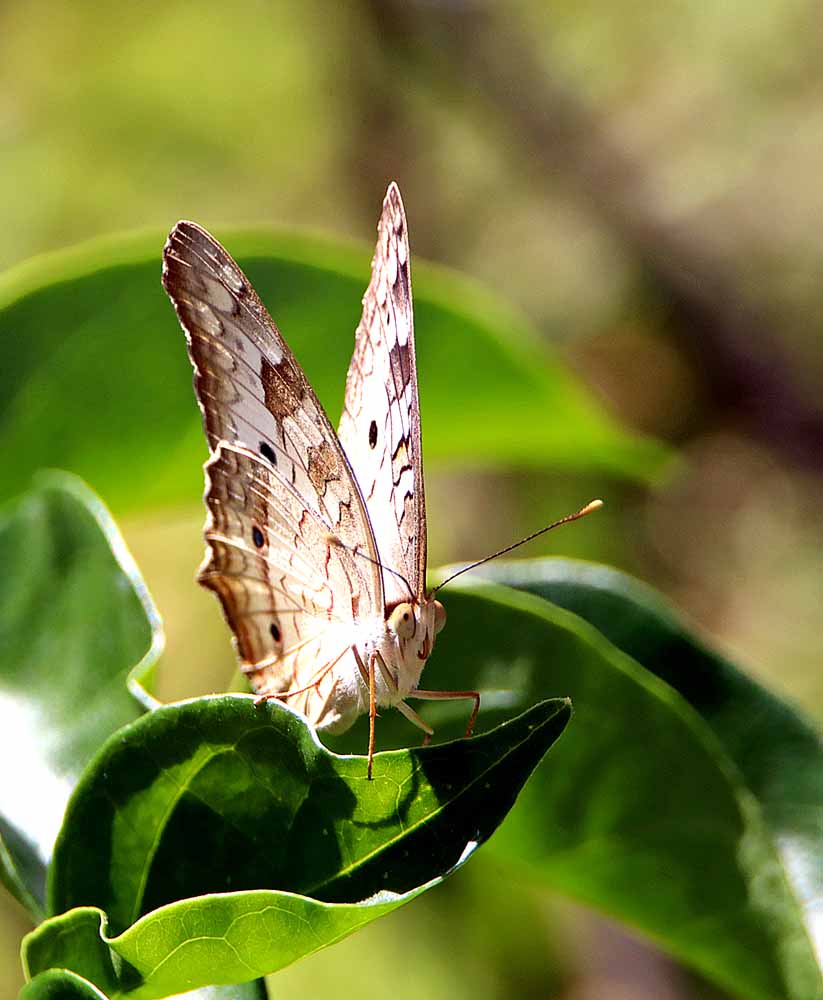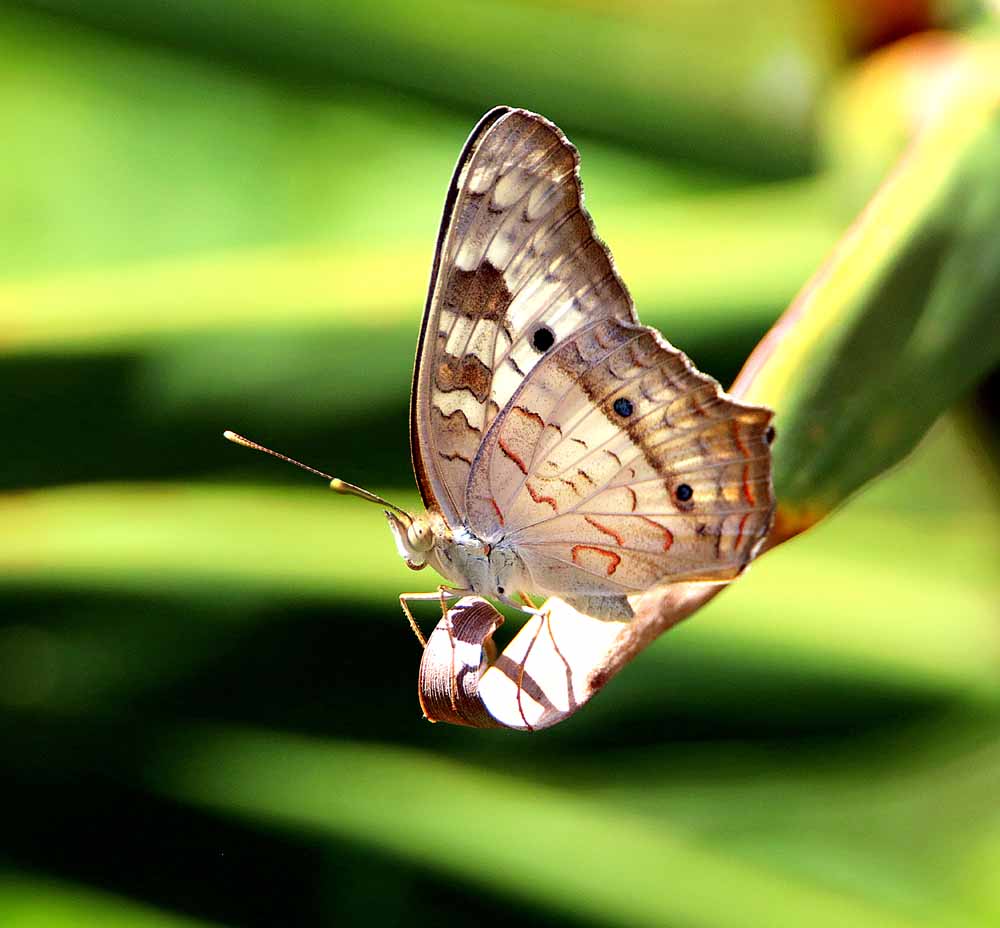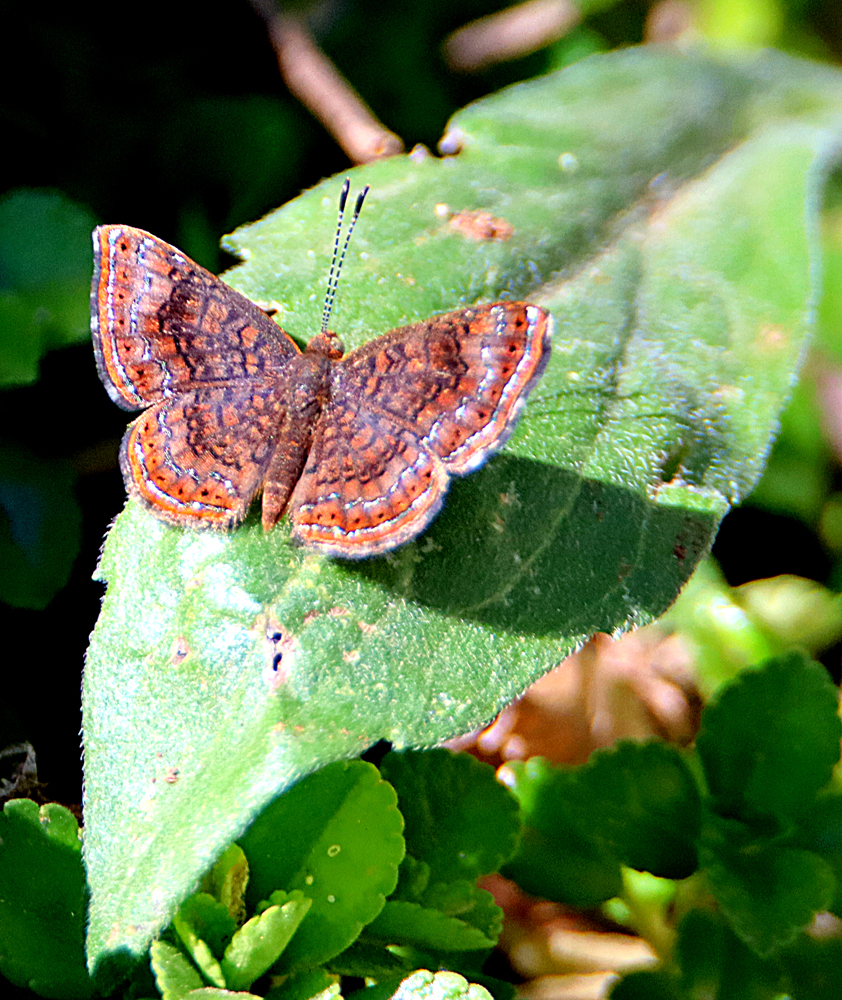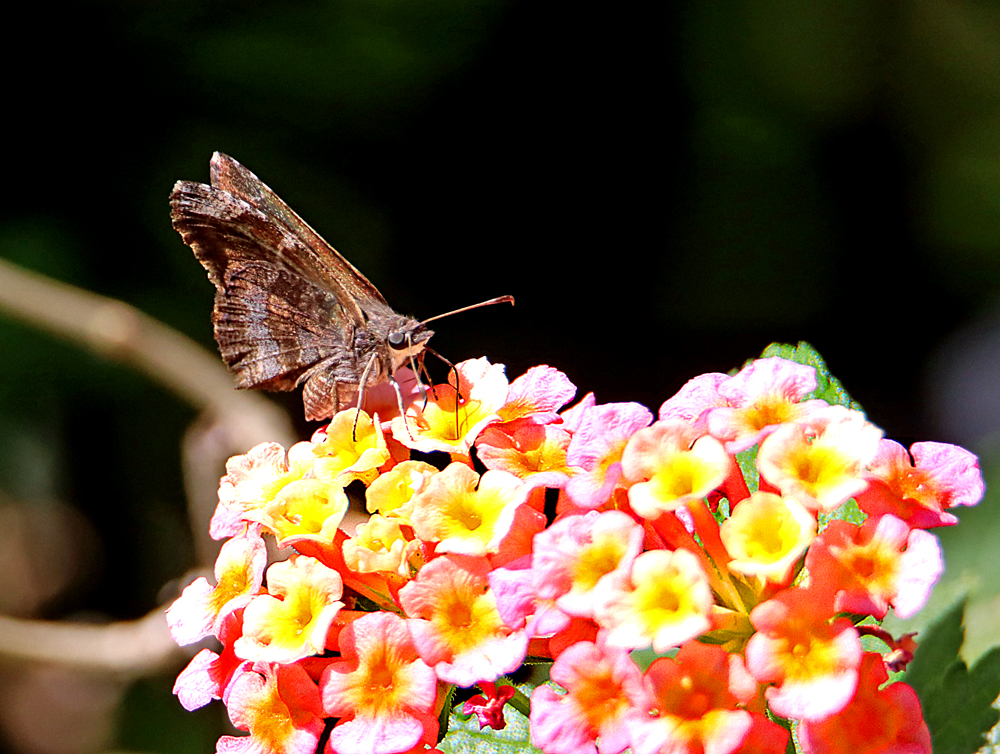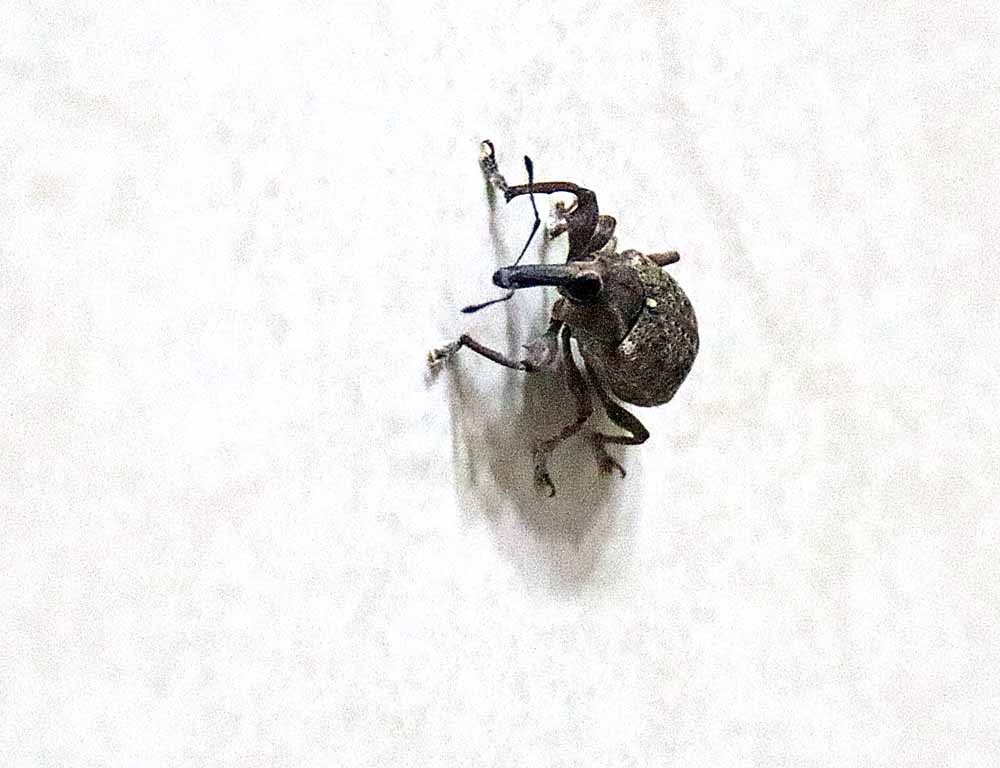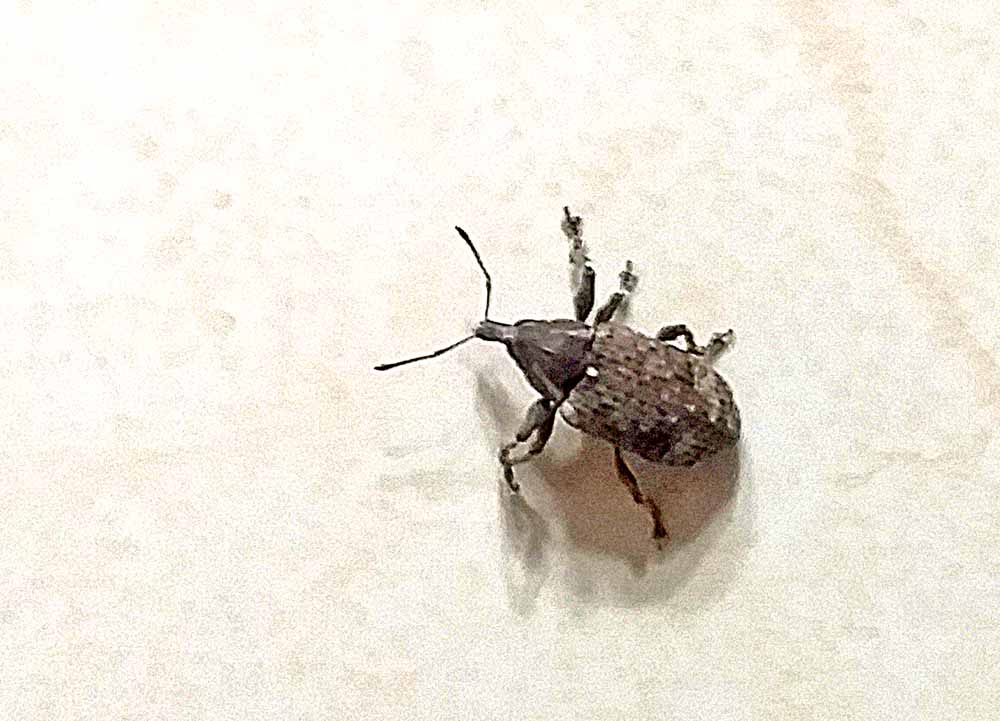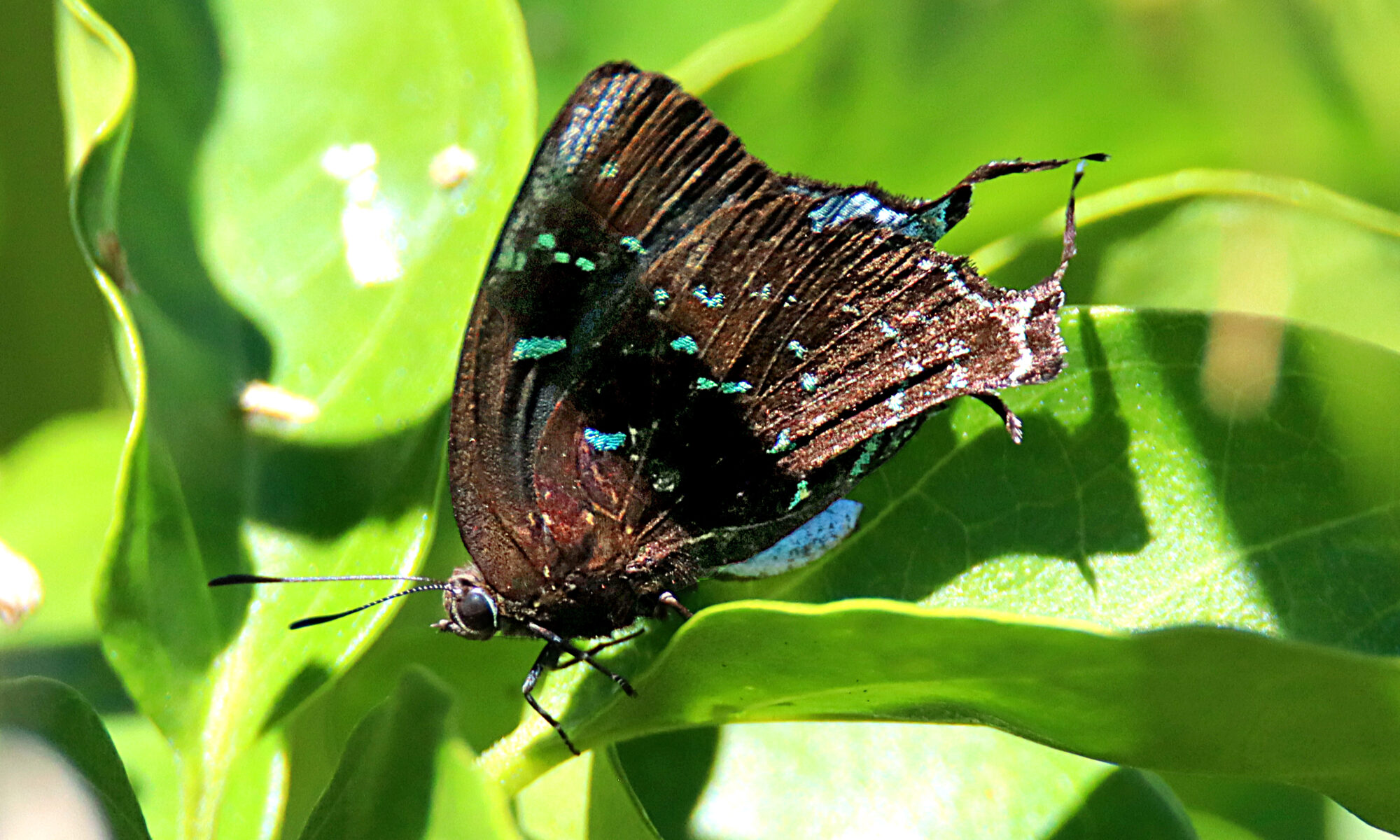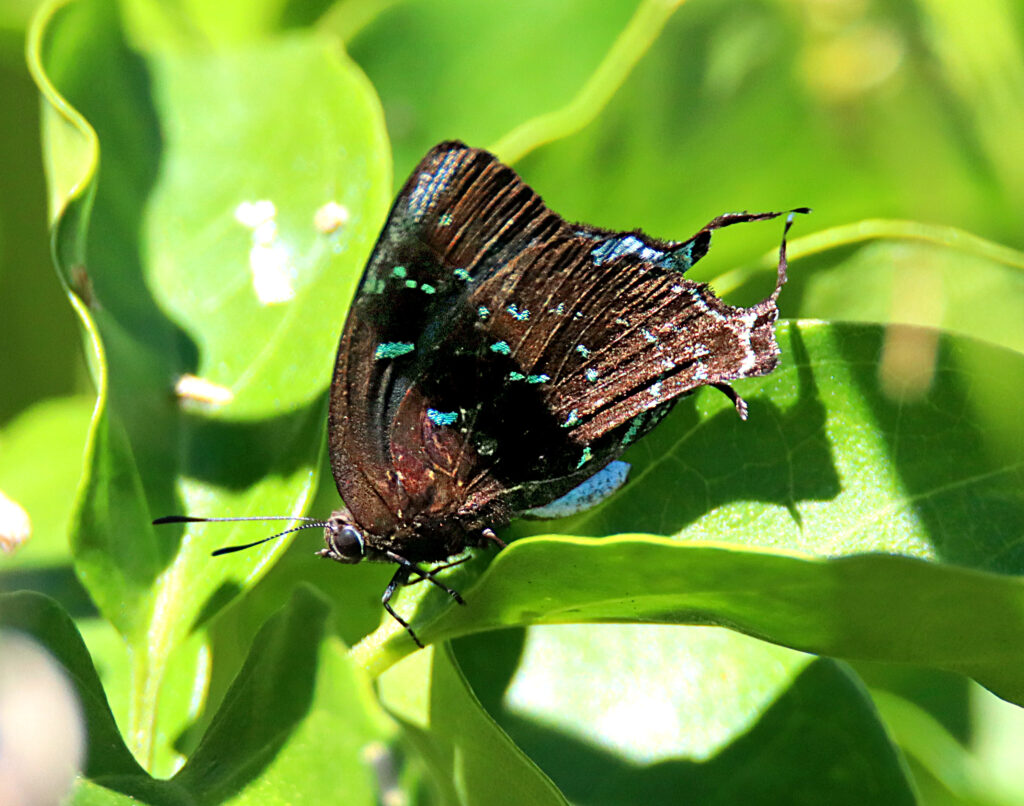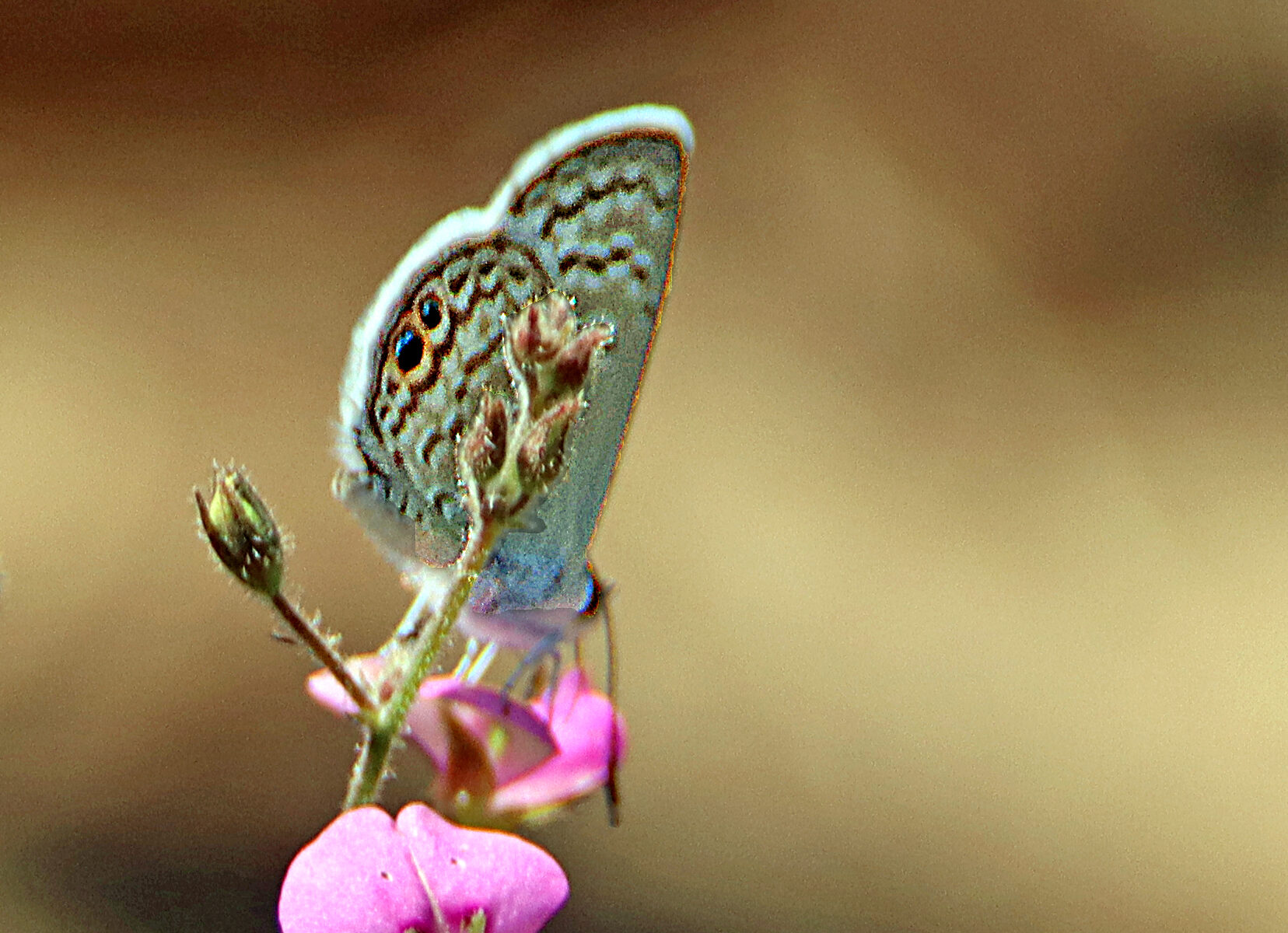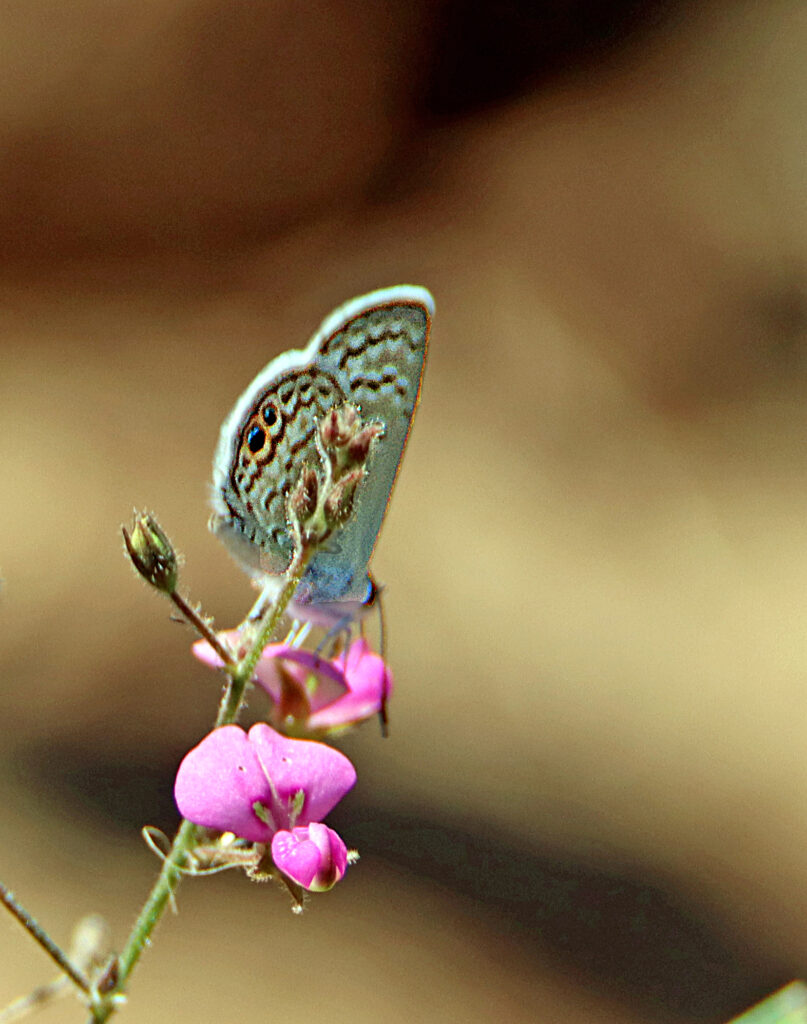When I first studied these photos of another brown Skipper in my garden I focused on those distinctive 3 white dots located near the apex of the forward wing on both top and bottom sides. That led me first to the “Three-spotted Skipper” (Cymaenes tripunctus) which seemed logical, but it has more spots on the under side, thus not a real match. Next with 3 spots was the Cobalopsis Nero which I’ve seen before, but he too had additional spots that my photos did not show and it seemed another unidentified Skipper might be the case . . .
. . . until I checked my own butterfly gallery and there it was! Guerrero Sootywing, Bolla guerra! I’ve seen it two other times, once at the nearby Reserva Madre Verde in Palmares and on the Caribbean Coast at Hotel Banana Azul. Sooo . . . another mystery solved! And believe me! They are not all this easy – nor do I always even achieve an identification. But this one turned out nicely and here are the 3 photos used in that circuitous search . . . 🙂
